Why doesn't the washing machine motor work?
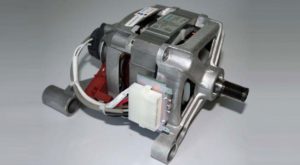 If the washing machine motor fails, we can assume that the unit has “died.” There can be no talk of any washing before replacing the motor. But before you make a replacement, you need to understand what exactly happened and what exactly caused the problem. You can carry out such diagnostics yourself, without the help of a specialist. Let's figure out how to find out why the washing machine motor does not work, and what to do next.
If the washing machine motor fails, we can assume that the unit has “died.” There can be no talk of any washing before replacing the motor. But before you make a replacement, you need to understand what exactly happened and what exactly caused the problem. You can carry out such diagnostics yourself, without the help of a specialist. Let's figure out how to find out why the washing machine motor does not work, and what to do next.
What kind of motor is inside your washing machine?
The engines of absolutely all washing machines in the world are divided into three groups. There are asynchronous ones, which are almost never found these days, but are typical of old-style washing machines, collector ones, which are the most common, and inverter ones, which are found only in new models.
It is most difficult to diagnose an inverter motor due to the peculiarities of its assembly. Such a motor implies the presence of self-diagnosis; the system immediately displays an error code on the display if something is wrong. As for commutator and asynchronous motors, their design is similar. For diagnostics, it is necessary to disassemble the SM and remove such a motor.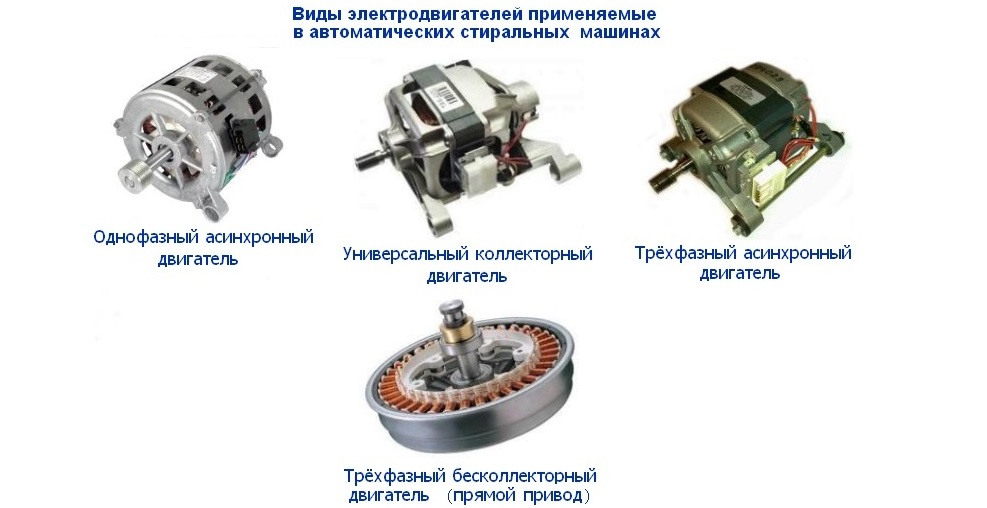
Such problems most often occur in commutator engines.
- Brushes fail. Over time, graphite is erased in any case, but this process is accelerated if you violate the operating rules and overload the machine.
- The lamellas on the collector peel off due to voltage surges or short circuits in the networks.
- Interturn short circuit or break in the stator or rotor windings.
As you can see, there are plenty of possible causes of failure. So if the engine stalls, it is worth disassembling the machine and inspecting the engine.
How are different types of motors pulled out?
The complexity of diagnosing inverter motors was discussed above. It was meant that it is, of course, possible to remove the engine and inspect it visually, but if repairs are suddenly needed, it can only be done at a service center. Previously, such engines were found only in ultra-new LG and Samsung models, but now they are increasingly being installed in washing machines of other brands. Let's get to this type of motor.
- Disconnect the machine from communications.

- Remove the back wall.
- We remove all the wiring by disconnecting the chips.
- Lock the pulley in a stationary position and unscrew the bolt in the center.

- Get rid of the rotor assembly.
- Remove the stator assembly by removing the fasteners around the perimeter of the assembly.
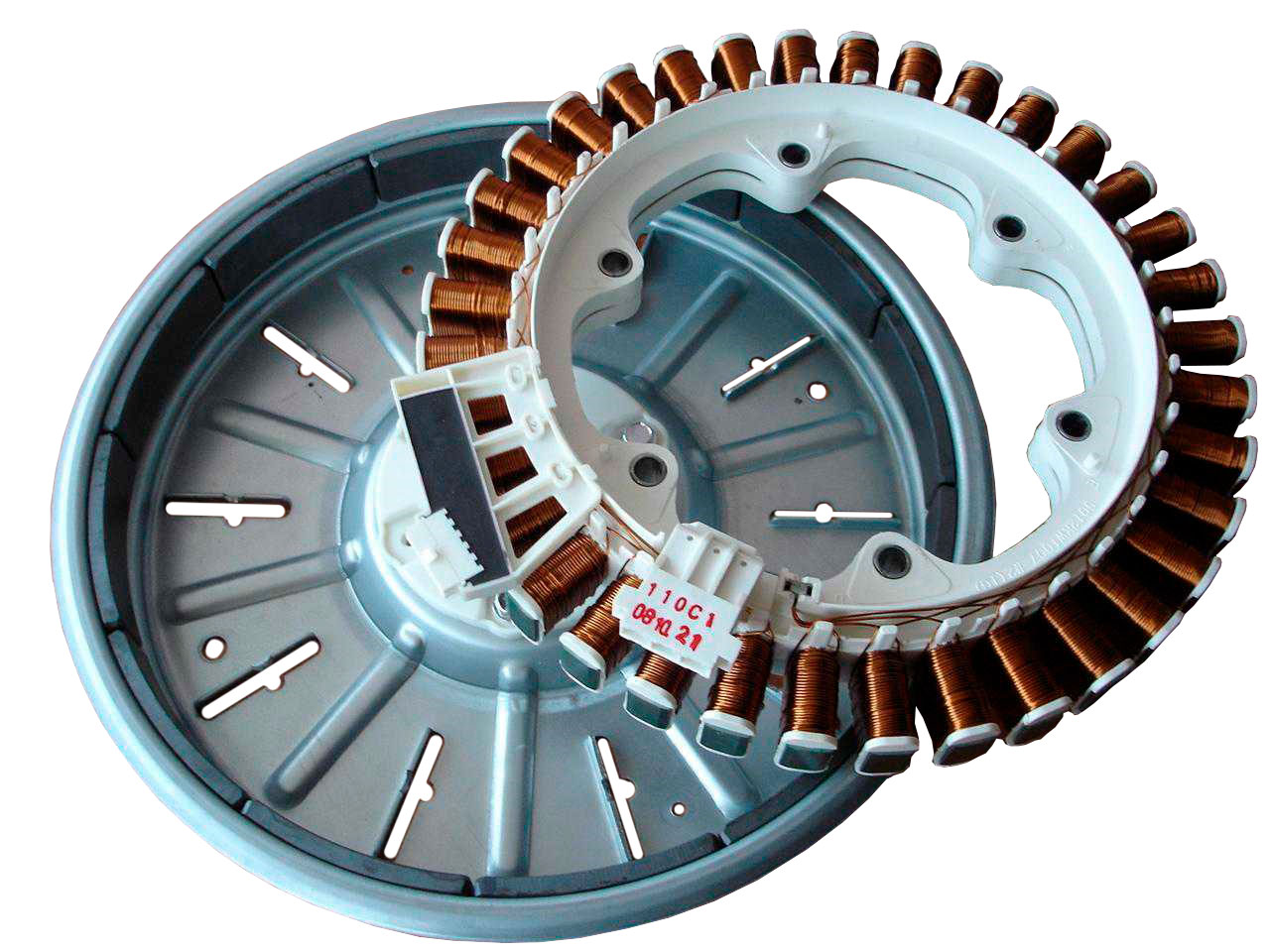
- Remove the stator.
- Disconnect the stator wiring.
If burnt parts are found during inspection, contact professional technicians. If it is necessary to change the motor winding, it is easier to buy a new motor and install it.
Brushed motors are very common. Almost all washing machines of budget brands (Kandy, Indesit, Ariston) are equipped with this type of motor.
We dismantle the collector engine:
- remove the back panel and inspect the space under the tank;
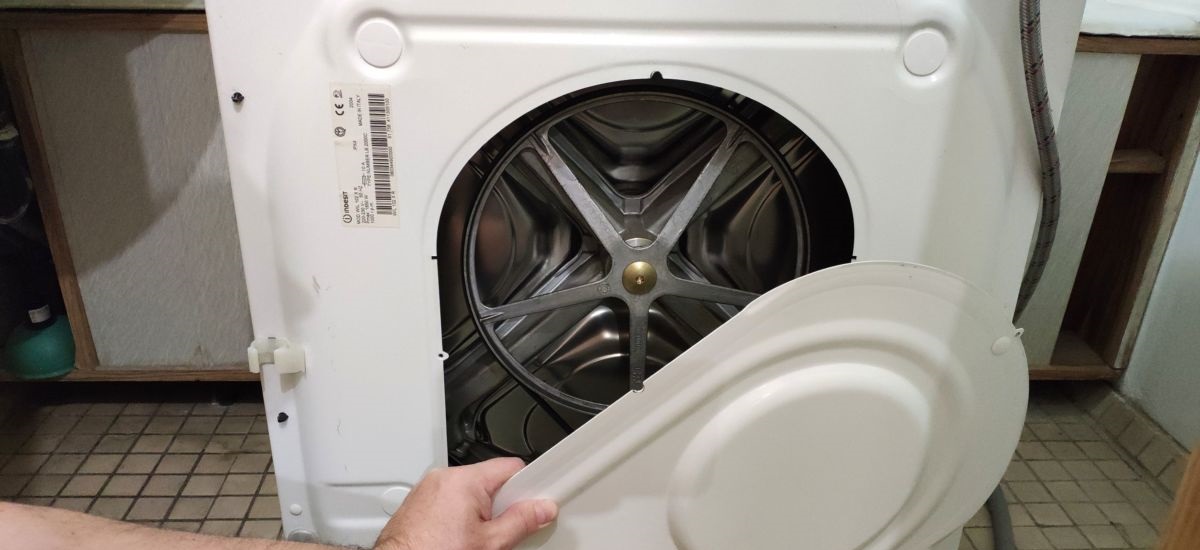
- disconnect the wiring contacts, having previously fixed the position of the terminals in the photo or drawing;
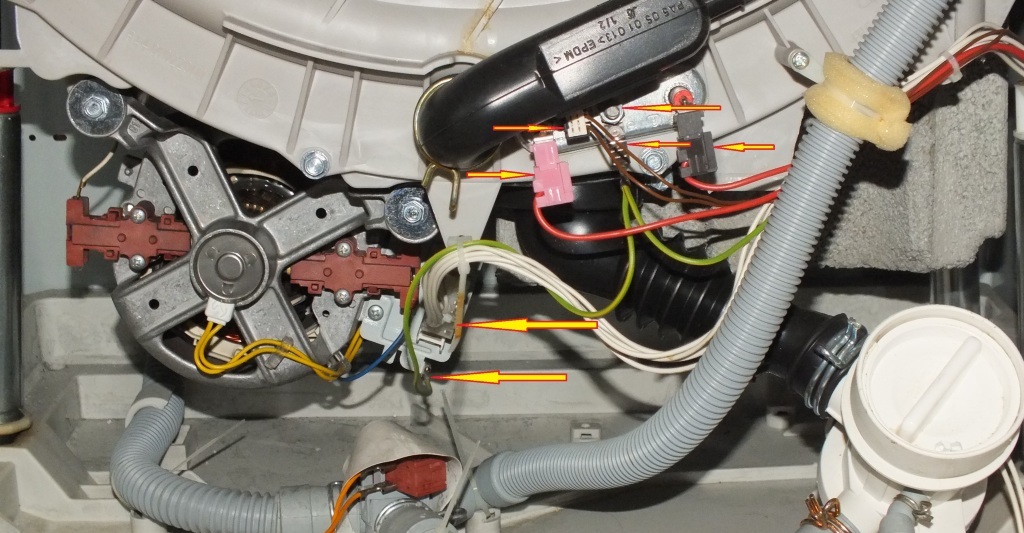
- remove the fasteners and remove the motor from the housing.
Important! To make it easier to dismantle the motor, after unscrewing the bolts, move it towards the heating element, then the motor will easily come out of the grooves and end up in your hands.
Checking the motor elements
The first reason why problems with the motor may occur is the brushes. The graphite material wears out due to friction, contact is lost and the motor circuit is broken.The engine lacks power, starts and stops chaotically, and malfunctions.
You can also guess about problems with brushes if, when connecting the machine to the network, sparking and a characteristic unpleasant odor occur. The brushes are located on the sides of the body. Remove their fastenings and inspect them in good light. You will immediately see the worn surface. Even if it seems to you that only one brush is critically worn out, you will have to change both, since otherwise the impact on the rotor will be uneven, which will lead to interruptions in operation. Replacement of brushes is carried out in the reverse order.
The lamellas, in turn, wear out from contact with the brushes: they can drill entire cavities into them. When the rotor is shorted or jammed, the lamellas may peel off. A visual inspection will help determine the problem. If you see any roughness or small protrusions, you need to remove the anchor and make a groove on a lathe. Clean the gaps between the slats. The performance of the lamellas after grooving will be determined with an ohmmeter. It is necessary to clean the gaps until the device no longer shows a short circuit. You can also find out about problems with the lamellas by turning the rotor. A loud noise indicates a breakdown.
Engine bearings are also subject to shock absorption, and their wear causes problems. The stator begins to rub against the rotor. Sometimes the problem is discovered too late, and signs of wear already appear on the rotor, then it also needs to be replaced. When twisted, a faulty rotor moves unevenly, “stumbles” and makes scratching sounds. What should I do to remove the bearings?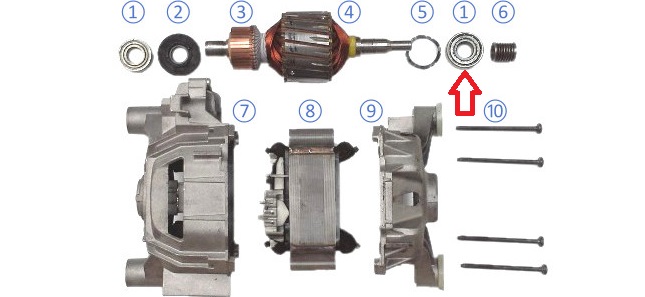
- Depending on the size of the bearing, purchase a special puller.
- Install it, focusing on the inner ring.
- To install the bearing on the shaft, it can be heated with a blowtorch.
- After the bearing cools, it will fit into place like a glove.
The worst thing that can happen to a motor is a burnt out winding. It is impossible to replace it yourself; it is easier and cheaper to install a completely new engine. You can determine the functionality of the contacts by simply ringing them using a tester. A problem with the winding may be indicated by a loss of engine power and a strong hum and at the same time a lack of torsion. As a result, the motor overheats, the thermistor trips, and the wash does not start.
Interesting:
Reader comments
- Share your opinion - leave a comment

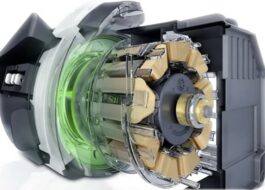

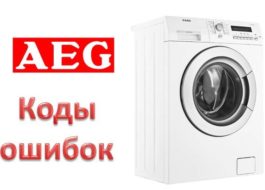
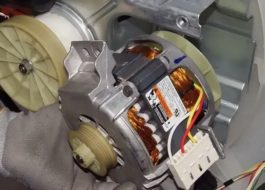

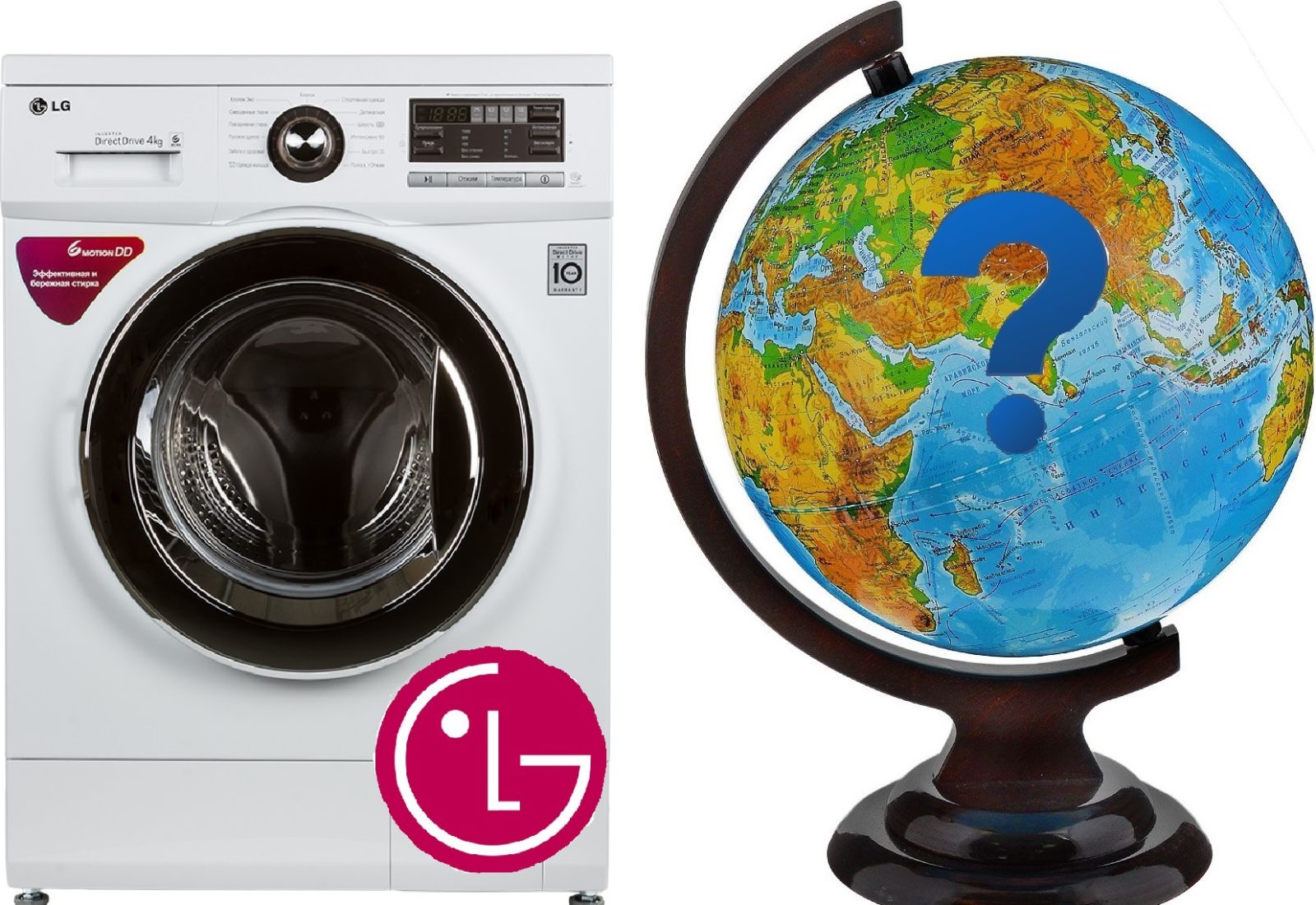














Add a comment